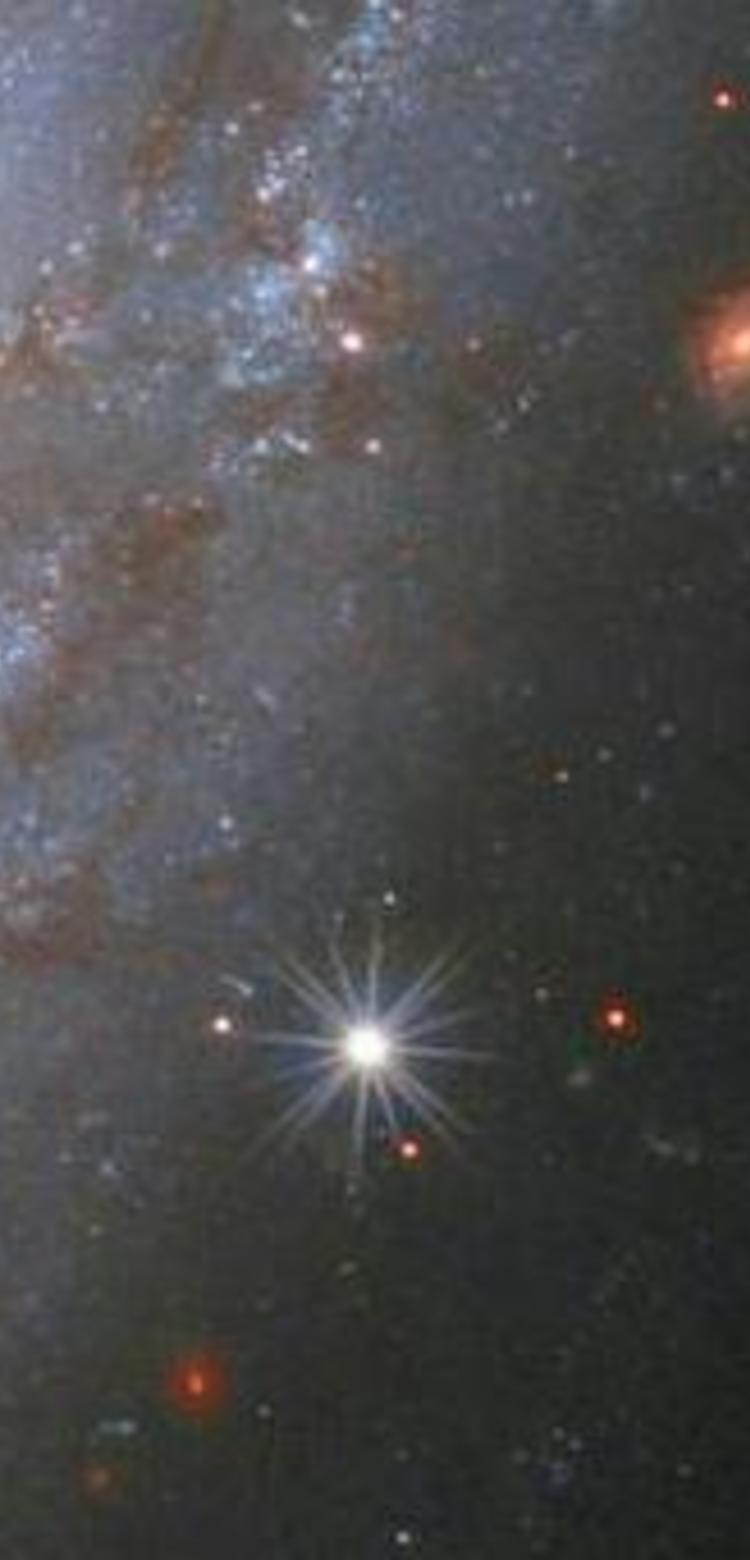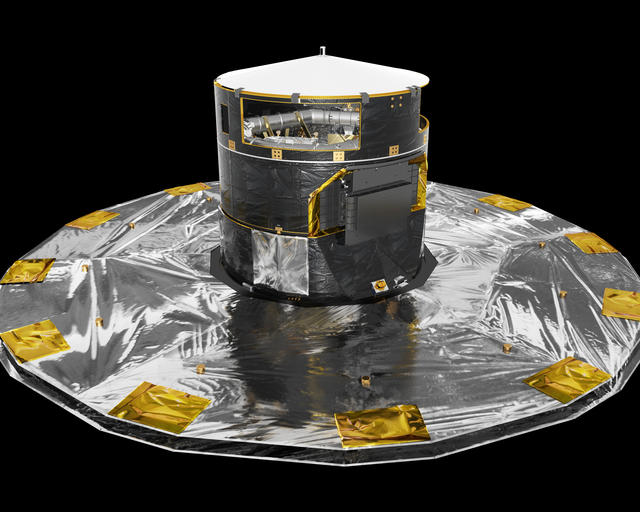Gaia: the largest star catalogue ever created

Did you know...
Did you know that Airbus Crisa electronics are helping to build the largest star catalogue ever created?

Building the largest star catalogue ever created
The instruments on-board ESA Gaia spacecraft collect light from the stars, galaxies and other celestial bodies, and Airbus Crisa’s Proximity Electronics Modules (PEMs) process and convert it to digital data. These data are used by on-board computers and the ground segment to create the most precise 3D map of our galaxy. In total, the Gaia catalogue will contain the position and brightness of more than 1.7 billion stars, the largest catalogue ever created.
In order to do this, Gaia instruments share a single focal plane. This focal plane is the largest ever developed, comprising 106 pairs of Charge-Coupled Devices (CCDs) and Proximity Electronics Modules (PEMs), totaling 1 Gigapixel and measuring 0.5x1 m; each pair of CCD and PEM can be thought of as an extremely sensitive camera.
Each PEM handles CCD operation, video processing, sequencing and power supply distribution. A versatile PEM design accommodates all focal plane functions by adjusting sequencing, biasing, video bandwidth and gain for each instrument. These functions and capabilities are integrated into a compact module weighing just 162 grams.
The 106 PEMs on board the Gaia spacecraft have been operating tirelessly for nearly twice as long as their original design life of 6 years, having completed 11 years in total, contributing to the success of Gaia mission.
Image credits: ESA/ATG medialab